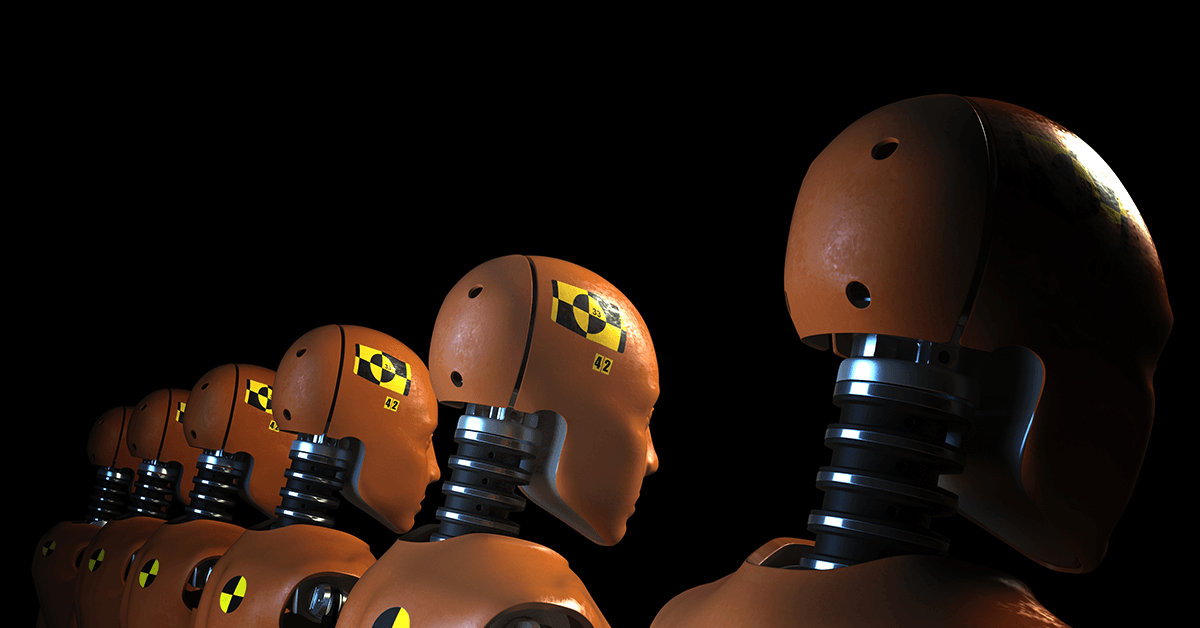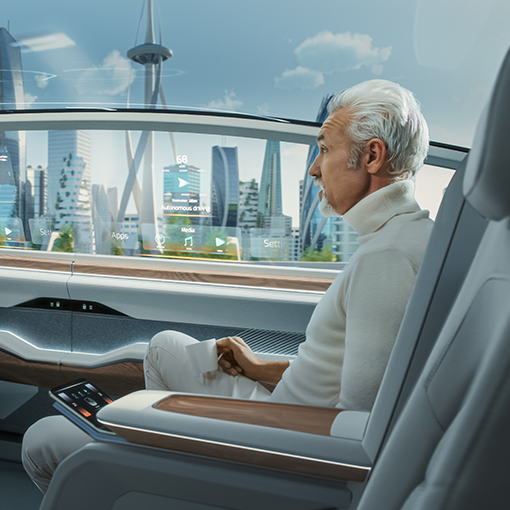Steel is improving autonomous vehicles safety for passengers and road users
The Steel E-Motive program is developing fully autonomous vehicle concepts for mobility as a service applications. Safety is our primary concern and so we are using steel innovation to ensure that our vehicles meet global safety standards and provide passengers with a safe, comfortable and stress-free journey.


What is a fully autonomous vehicle?
A fully autonomous vehicle is capable of driving by itself without the need for human interaction. There will be no need for driver controls. Full vehicle autonomy is sometimes referred to as level 5 vehicle autonomy. The Steel E-Motive program is targeting this level of vehicle autonomy.
Are autonomous vehicles safe?
As with conventional vehicles, autonomous cars must go through extensive safety assessments including crash and battery safety testing before they can be deemed safe for operation on our roads. It is likely that vehicles with level 5 autonomy will have to meet an even more rigorous set of safety standards in order to be deemed road worthy. Additionally, it is estimated that 94% of accidents on our roads can be attributed to human error. Taking human error out of the equation has the potential to significantly improve safety on our roads.
However, according to surveys conducted by AAA and YouGov, around 70% of the public are uncomfortable with the idea of being a passenger in an autonomous vehicle. It is clear that OEMs have a lot of work to do to assure anxious passengers of the safety of autonomous vehicles.
There are several unique safety challenges that will need to be met. As we transition to vehicle autonomy, we will see a mixture of conventional and fully autonomous vehicles on our roads. Any self-driving car will need to be safe to operate in an environment where both kinds of vehicle are operating.
The removal of driver controls will enable new seating configurations inside the cabin. This poses a structural challenge as the vehicle body will behave differently to a conventional vehicle in the event of a crash. Finally, as self-driving cars are battery electric vehicles, it is important that safety is a consideration in the battery design and operation.
Advanced High-Strength Steels are enabling us to develop vehicle concepts which assure the safety and comfort of passengers, pedestrians and other road users.
Steel is making the Steel E-Motive autonomous vehicles safe
As the Steel E-Motive vehicle is designed to operate at level 5 autonomy, passenger safety and the safety of other road users is paramount. We are using advanced steel technologies to assure the safety and comfort of passengers, pedestrians and other road users.
It would be naïve to suggest that this type of vehicle wouldn’t be involved in an accident. It is important that we ensure that the vehicle structure behaves in the right way if a crash occurs to ensure that passengers and other road users are as protected as possible. Steel is the material of choice for the automotive industry when it comes to crash safety.
The Advanced High-Strength Steel (AHSS) family is a new class of materials which are over 50% stronger than a decade ago. These new steels are designed to perform in specific ways according to the requirements of different crash loads. Utilizing a combination of these technologies will provide the unique properties of both crash energy absorption and deflection, while also managing the loads associated with passengers in multiple and diverse seating configurations as well as shortened vehicle front and rear ends.
The use of Advanced High-Strength Steels is also enabling us to push the innovation boundary with our high voltage battery pack solutions. In the event of a crash, it minimize deformation in the battery enclosure volume, protecting the modules and power electronics from damage and reducing the risk of thermal runaway by offering greater thermal containment.
Steel E-Motive’s steel material portfolio contains over 50 different AHSS grades and is enabling us to design a structure for mobility as a service applications which strike a balance between occupant safety and occupant freedom. Used in addition to a host of manufacturing technologies they are enabling us to develop new and unique solutions to keep MaaS vehicle customers safe, while maintaining affordable manufacturing.
Find out more about Advanced High-Strength Steels
Subscribe for updates
Stay up to date with the latest research and technical updates from WorldAutoSteel
You might also be interested in
